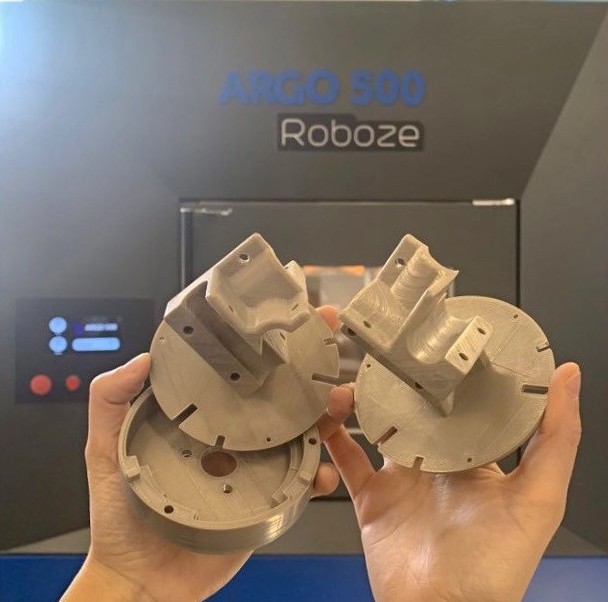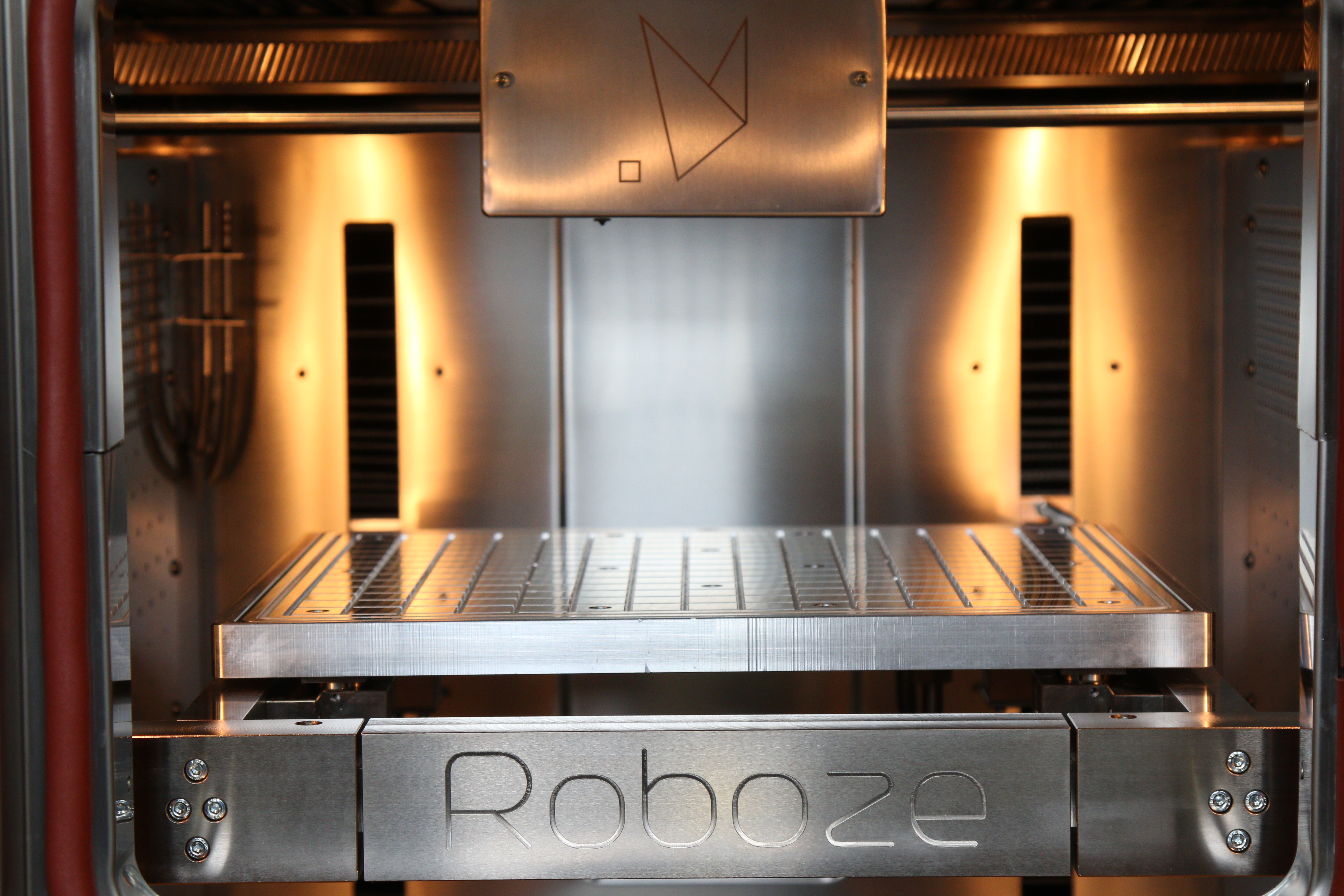3D printer manufacturer Roboze has launched what it claims is the world’s first industrial automation system to bring customized ‘superpolymer’ and composite 3D printing into the production workflow.
Developed in partnership with Austrian automation and process control technology firm B&R, Roboze Automate is designed to tackle long-standing challenges of standardization, process control, and repeatability within the 3D printing sector by streamlining the entire workflow. The system will be available to all new ARGO 500 additive production systems from Roboze.
“As the need for strong, resilient infrastructure in the US and around the world continues to climb, we are bringing 3D manufacturing to a new level of consistency, repeatability, and process control and production speed,” said Alessio Lorusso, Roboze CEO.
“Our components-as-a-service approach is upending error-ridden manufacturing fluctuations and materials shortages to support true industrial-scale 3D manufacturing.”

Roboze’s 3D printing portfolio
In addition to manufacturing its high-temperature fused-filament-fabrication (FFF) 3D printers, Roboze is known for its development of ‘superpolymer’ ultra-rigid thermoplastics, such as carbon PA and carbon PEEK. The strengths exhibited by these materials are reportedly able to match those of pure alloys, and potentially replace them for various high-performance applications.
Roboze’s ARGO 500 3D printer is able to print such superpolymers to produce metal replacement parts for end-use applications. For instance, the machine has previously been leveraged by the University of Delaware to produce mission-critical components for the Combat Capabilities Development Command, and has also been deployed by Italian defense contractor Leonardo to print carbon fiber-filled PEEK aerospace parts.
Roboze has also recently partnered with the University of Colorado Boulder to develop an ultra-durable Cubesat capable of monitoring the progress of cosmic space storms in-orbit. The company helped to optimize the Cubesat’s design and 3D printed highly-robust parts for its magnetic field sensors.
Last year, Roboze launched a new distributed 3D printing service specifically for demanding high-performance applications, called Roboze 3D Parts. The service was developed to serve as a network for helping businesses to reduce their costs through streamlining their supply chains, digitalizing their inventories, and producing components on-demand.
With its newest development, Roboze Automate, the company looks set to further streamline and optimize industrial 3D printing workflows that leverage superpolymers, while also improving standardization and process control elements.

Roboze Automate
From human error and material quality to temperature fluctuations and sensor quality, the 3D printing sector is subject to inconsistencies in parts production. These challenges are potentially holding the technology back from being on par with other industrial manufacturing processes such as CNC machining and injection molding.
With the debut of Roboze Automate, Roboze is seeking to address challenges surrounding standardization and process control in order to increase the repeatability of parts printed with superpolymers and composites.
Roboze Automate combines Roboze’s novel PEEK polymer platform technology with a PLC industrial automation system developed in partnership with B&R. Embedded with advanced sensors, remote control and diagnosis capabilities, the system seeks to streamline the entire additive manufacturing workflow through monitoring results and reporting data throughout the printing process.
The system also features in-built predictive maintenance through automatic remote updates of new features and software parameters. Roboze Automate will be available to all new ARGO 500 3D printing systems, enabling the firm’s customers to produce and certify their customized printed components in batches up to 3,000 parts per machine.

Subscribe to the 3D Printing Industry newsletter for the latest news in additive manufacturing. You can also stay connected by following us on Twitter and liking us on Facebook.
Looking for a career in additive manufacturing? Visit 3D Printing Jobs for a selection of roles in the industry.
Featured image shows Roboze Automate will be available on all new ARGO 500 3D printing systems. Photo via Roboze.


